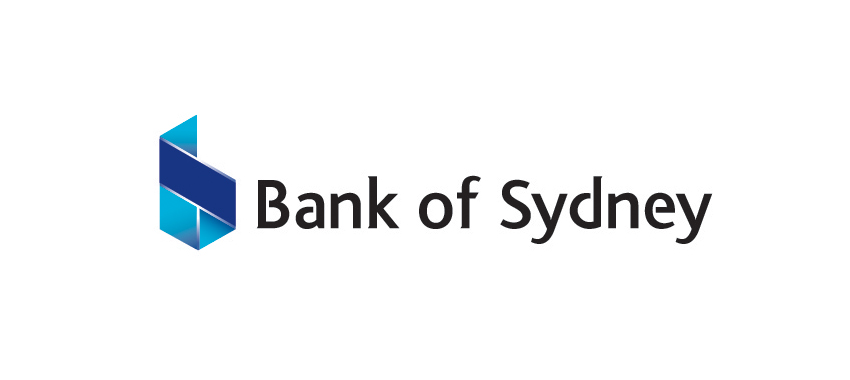
Bank of Sydney’s new CEO, Rob Anderson, explains how the non-major’s relationship-focused approach has helped it eliminate channel conflict and drive growth in the third-party channel
Why did you decide to join Bank of Sydney?
To continue reading the rest of this article, please log in.
Looking for more benefits? Become a Premium Member.
Create free account to get unlimited news articles and more!
Looking for more benefits? Become a Premium Member.
I believe it was a really good opportunity to work for a bank that’s got a sensational name and a lot of potential. Since arriving, I have realised very quickly that our customers really support us and value the relationships with all of our people.
Our team at Bank of Sydney [BOS] is very passionate about the company and making sure that customers get the best service. We want to be Australia’s only true relationship bank – not treating people as numbers and providing customers with bankers’ contact details is our competitive advantage.
What I’ve been really surprised about is that our people and customers in Melbourne and Adelaide have embraced the Bank of Sydney name. That level of acceptance has been fantastic.
BOS also has a strong heritage across numerous ethnic communities – particularly the Greek and Lebanese communities – and as we look to expand our footprint in other areas, we still want to continue supporting these communities as we always have.
How is BOS’s relationship-focused model reflected in its approach to customers and broker partners?
We don’t make customers feel like they’re just a number and it’s really important that there’s no channel conflict within the bank.
Having worked at a number of banks in the past, I’ve always seen channel conflict between the first-party and third-party, so one of the things we’ve looked to change pretty quickly is to give credit to everyone that helps originate a home loan.
Each opportunity, whether it’s originated by a broker or a banker, is counted at full-face value. We don’t shade anyone’s targets or scorecards to reflect those opportunities, and what that does is ensure that we are aligned in terms of supporting our third-party and first-party operations.
Not only that, a BOS banker will pick up a broker’s deal and run it from start to finish, so the broker knows who they’re dealing with from when the application is lodged to settlement.
What that enables our bankers to do is form strong relationships with brokers – we really encourage that. The banker is not going to try and take business from the broker because they’re getting full credit for those opportunities anyway.
This method has worked exceptionally well to date in terms of home loan growth, and you can see that brokers and bankers are actually working together. It’s not like the third-party gets put at the bottom of the pile because it’s discounted in terms of a banker’s scorecard, and that does happen elsewhere in the industry.
The other important thing is that our products and rates are exactly the same in our retail branches as they are for brokers to offer. We also delineate all our broker loans in the branches so if a customer rings a branch about a loan, we contact the broker and let them know what the customer wants to do, and they then have the opportunity to grasp that loan and drive the relationship with that customer.
How has BOS grown its third-party presence since entering the channel in 2014 and how do you plan to continue growing it?
We’ve tried to manage the trajectory in terms of not bringing on 2,000 brokers at once, which has meant we’ve been able to handle the number of loans coming through and not let brokers down. We’ve gradually brought on aggregators over the past 12 months to the point where we’ve got access to approximately 8,000 brokers.
BOS’s third-party presence is only quite new. If you look at all the home loans we generate through the third-party, it’s not around 50 per cent like the major banks, it’s more around 10 to 12 per cent. But we can see that it’s going to grow and there’s going to be upside to it. We view the third-party channel as a major part of our home loan distribution going forward.
At least 50 per cent of people use a broker to get a home loan today and that’s not just because of the rate. It’s because they can have a relationship with someone who is not going to move and will help fix problems if they arise. We want to leverage ourselves based on customer behaviour, and it all comes back to respecting and nurturing those relationships that brokers have with home loan clients.
The big banks have lost their way a little bit over the past five years in terms of trying to leverage customer numbers and haven’t fully understood why 50 per cent of people use a broker, so it’s a really good opportunity to get our model right and provide a distinct point of difference.
What is your take on commission reform?
I don’t see anything wrong with the commission structure we have at the moment. Commissions are similar across the board so I don’t think they make a huge impact on where brokers place their loans.
There’s no reason to switch to a fee-for-service model because the strength of the industry has been that the customer doesn’t have to pay for a broker’s service.
Also, if a broker puts their customer with the wrong lender, it impacts their relationship and they end up getting refinanced anyway.
 Login
Login









